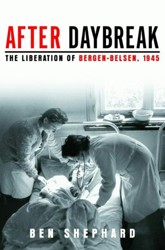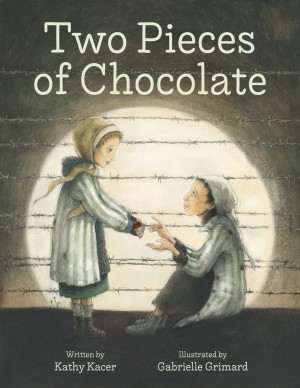By
– August 15, 2012
The history of Bergen-Belsen Camp in the British Zone had two extremes: death and survival. After the concentration camp was liberated, the Displaced Persons Camp was organized as a society with activities in an attempt to reestablish a Jewish identity for those trying to find a new homeland and escape anti-Semitism in postwar Europe.
Zippy Orlin was a volunteer for the American Jewish Joint Distribution Committee. She cared for the youngest children. Her album originally had 1,117 photos and weighed 33 pounds. The photos show school, sports, theater, and festivities of the camp residents as they regained their “lust for life.”
The photos are arranged by theme, with little concern for chronology. Because of Zippy’s work, many photos show smiling, healthy children, even though so many had been orphaned. We see “youthful appetites and beaming faces.” As Elie Wiesel noted— “Photographs are more evocative than words, any words.” This can be seen in the photos of those departing for Israel. The photos graphically emphasize the transformation of those who were the remnants of a beaten people into a newly restored population, whose faith in humanity was regained when they left Europe for their new homeland — Israel.
The brief commentaries are secondary to the photos. The upbeat photos are a fitting antidote to the more widely circulated pictures of the concentration camps. Notes.
Arlyne Samuels a graduate of Brooklyn College, taught and supervised English in New York City for 40 years. She was the coordinator of the book club of the Greater Worcester (MA) Chapter of Hadassah. Arlyne passed away in May 2009 and will be missed by the Jewish Book World team.





